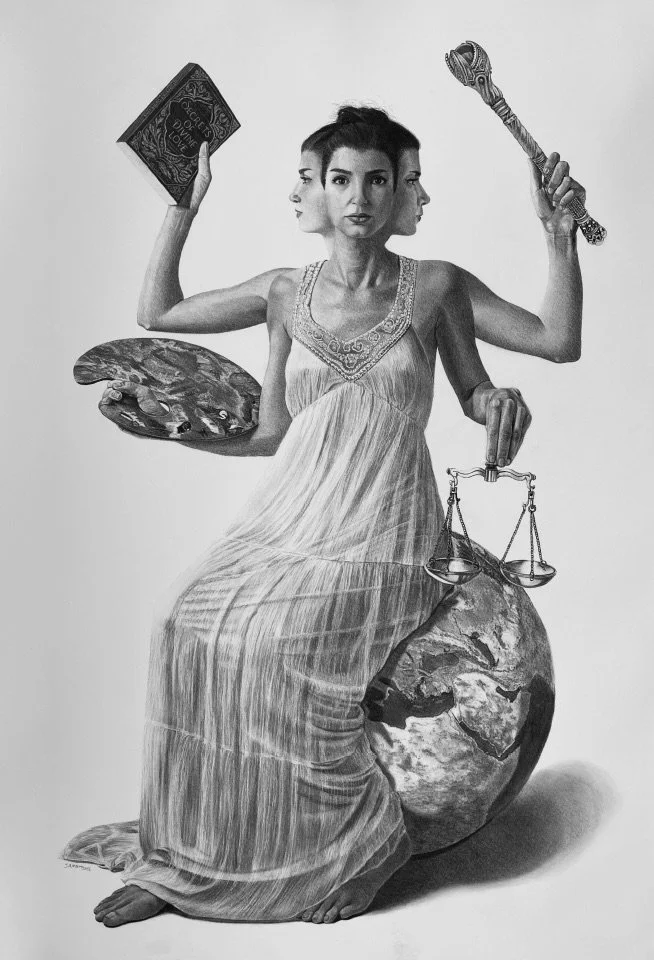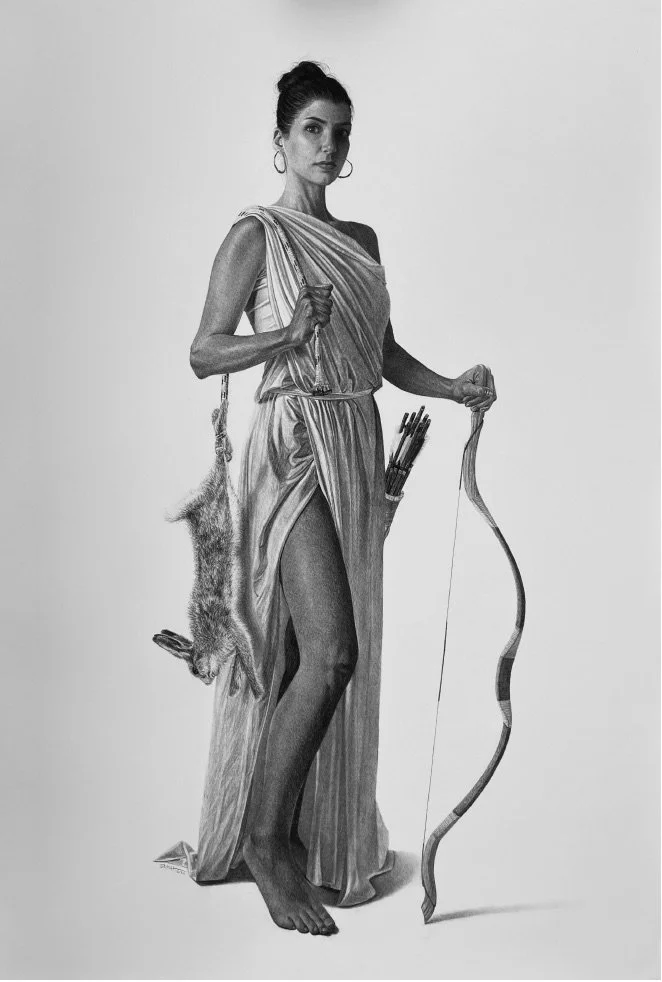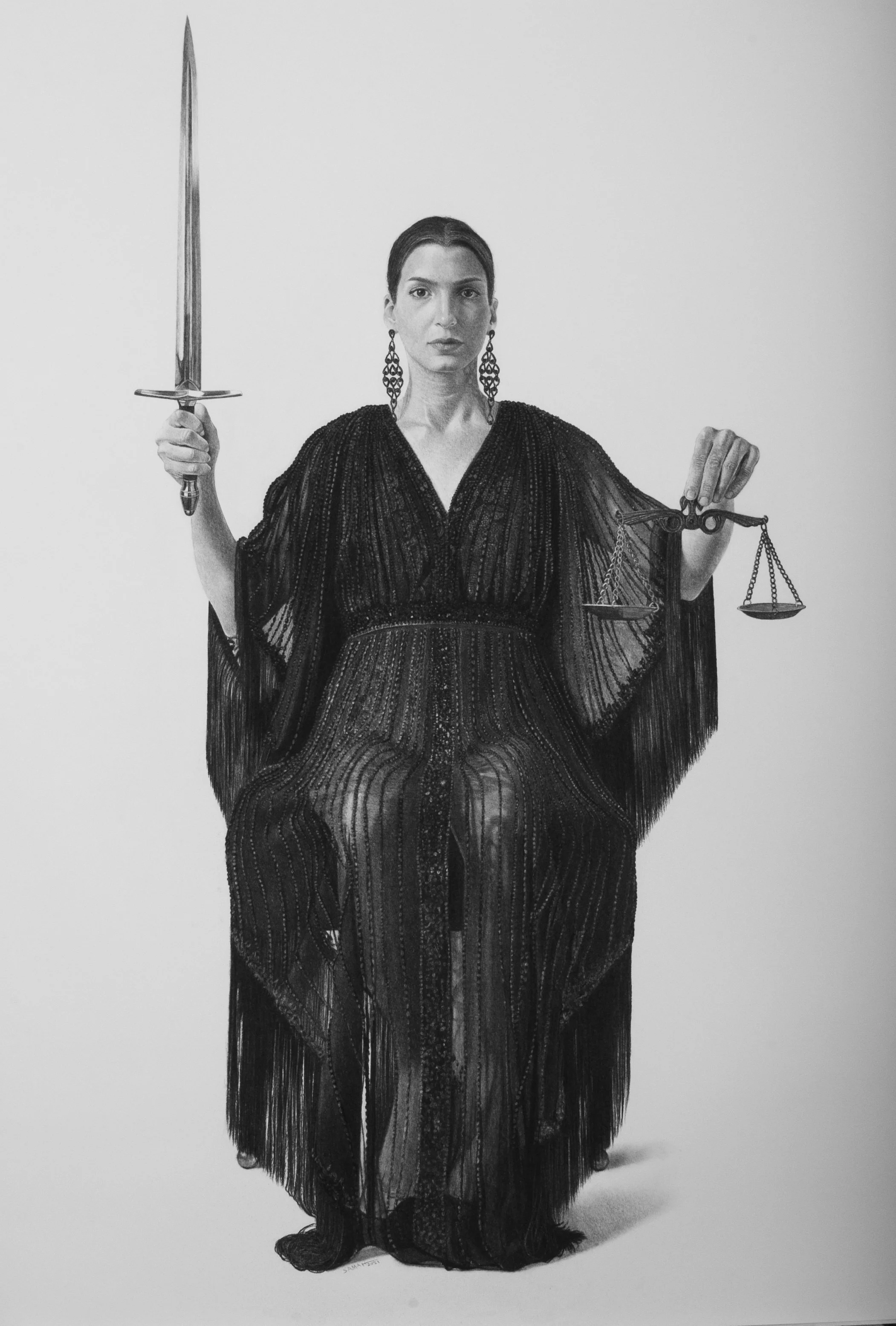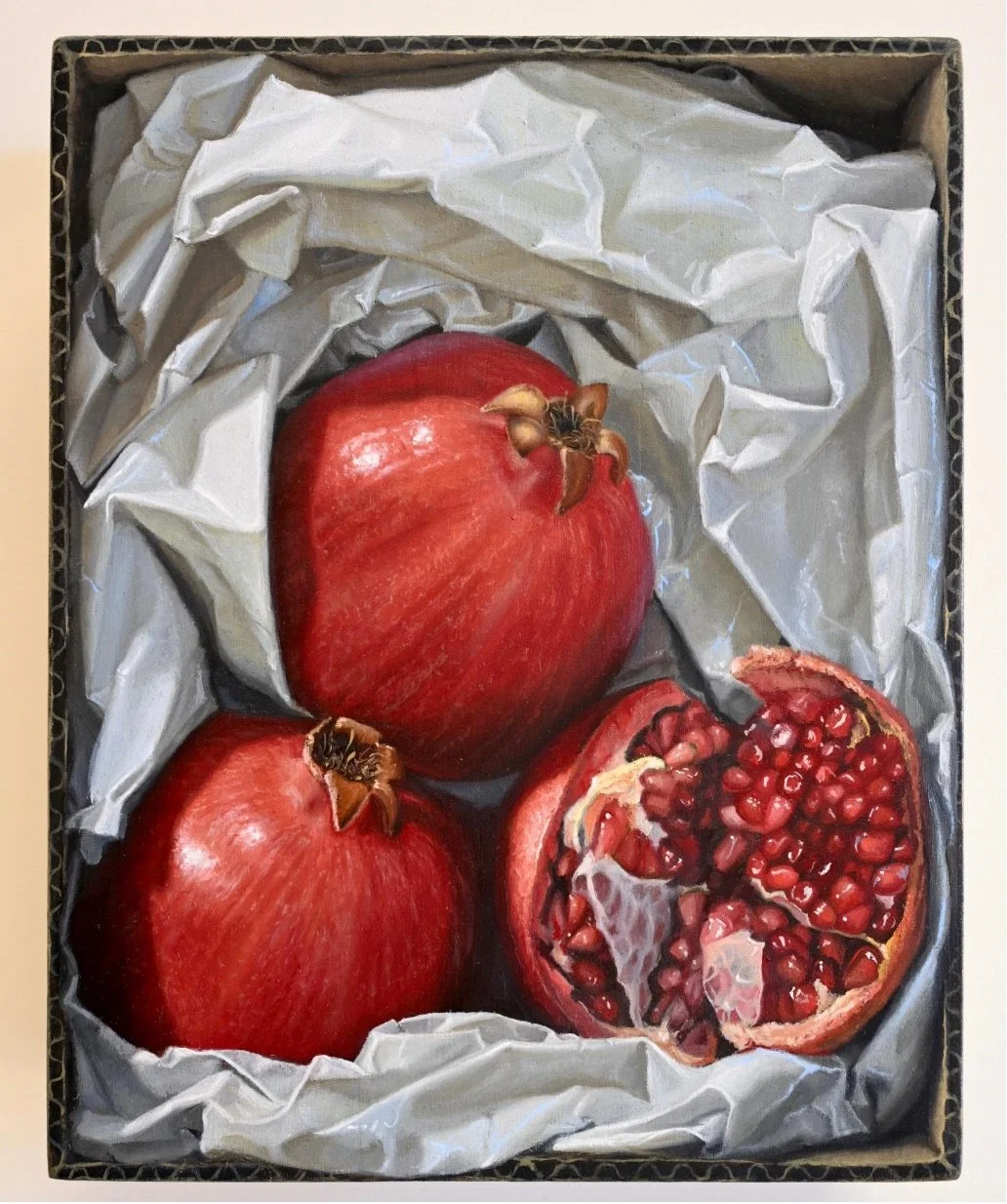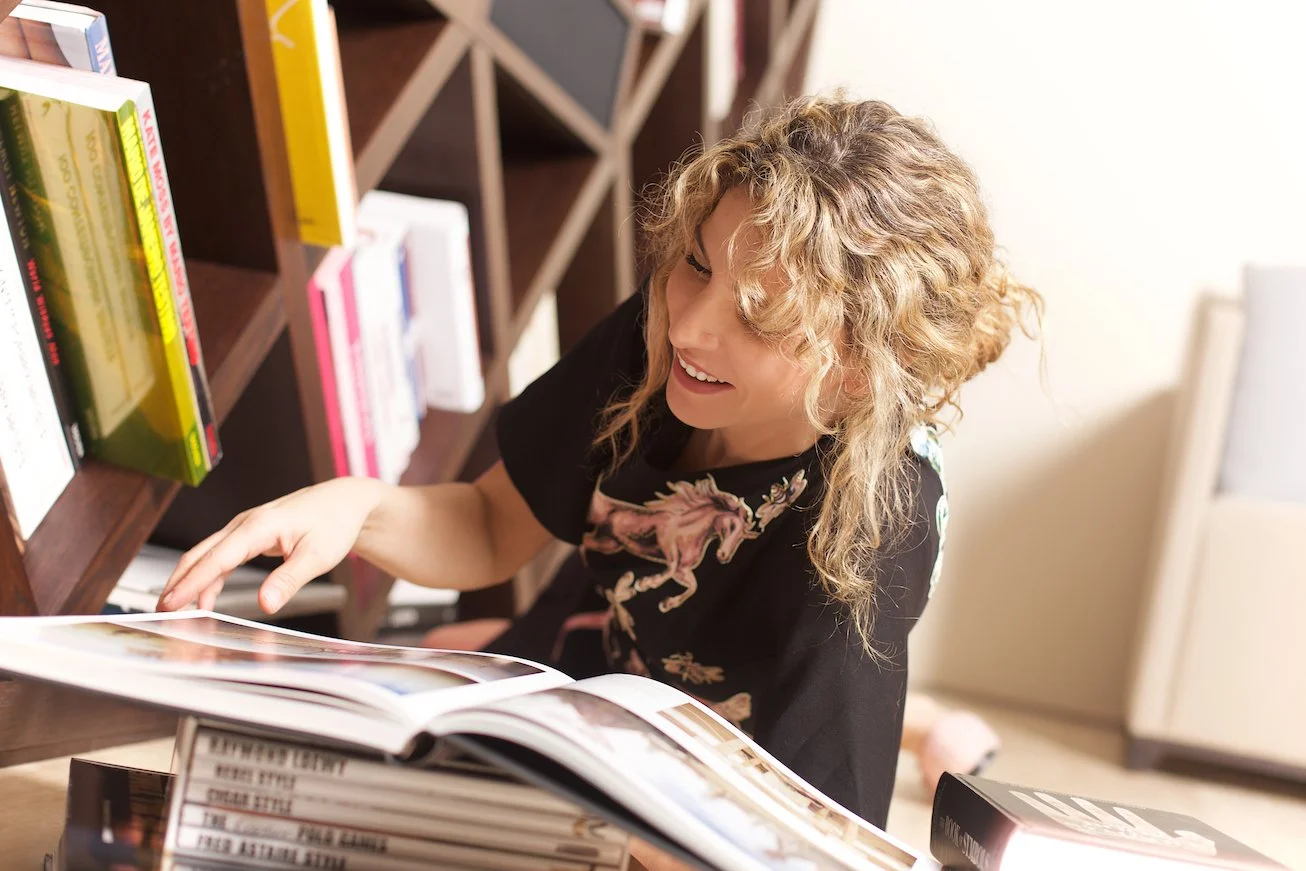MEET THE GALLERY
TABARI ARTSPACE | Dubai
MEET THE GALLERY is an interview series highlighting returning exhibitors and first-time VOLTA galleries. More than simply experts, these VOLTA exhibitors are supporters of young and mid-career artists and provide insights on their presentation at the fair.
MEET THE GALLERY introduces Maliha Tabari, founder of TABARI ARTSPACE in Dubai. A bridge between worlds, the gallery has played a vital role in connecting international audiences and institutions to the modern and contemporary art of the MENA region.
Dear Maliha Tabari, we are excited for you to join us at VOLTA Basel in June. Tell us a bit about your gallery and your journey in the art world.
Maliha Tabari: My childhood was spent between the Levant and Gulf, before immersion in the American cultural scene during the 1990s as a student of art. I went on to build my own personal collection of modern and contemporary MENASA art before opening my gallery, Tabari Artspace in 2002.
On October we will celebrate 20 years in the region. During this period we’ve played a prominent and active role in connecting international audiences and institutions to the modern and contemporary art of the MENASA region. Our programming started out and has evolved in a highly personal way. In the early days, I’d fly to the Levant and North Africa to meet the artists that have become the modern masters today.
Maliha Tabari, founder of TABARI ARTSPACE in Dubai
Working in an intimate and dialogical manner with our artists has been enriching and eye-opening for me and remains central to all that we do. Watching these artists attract an international collector base has been deeply rewarding. The artists we worked with have been collected by institutions from Centre Pompidou to British Museum, these acquisitions are fundamental to the narratives and visual records of our communities being preserved and presented to far-reaching audiences. As a new generation emerged we extended our programming to encompass the new narratives and approaches in MENASA art - the reflections of a generation exposed to mass migration, globalisation and digitalisation.
We’re a women-led team and work with highly talented and powerful female artists that are re-authoring societal expectations, from painter Tagreed Darghouth to mixed media artist, Maitha Abdalla and hyperrealist, Samah Shihadi. We take an immersive approach to programming and presentation. Our aim is to transcend the rigidity of the white cube space and share the output of our artists in innovative and experiential ways that establish new modes of engagement with art.
The cultural ecosystem in the UAE has been central to the Tabari Artspace trajectory; as such the gallery strives to contribute to the region’s cultural vision. Through the representation of artists originating from and taking root in the GCC, as well as international practitioners that cast their gaze towards it, our gallery forms a platform for discovery.
Which artists are you bringing to VOLTA?
Maliha Tabari: Samah Shihadi and Michael Halak. Two hyperrealists that present a multi-faceted gaze into their lived experiences in Haifa, Israel, approached at the intersections of sociology, spirituality, gender and culture.
Samah Shihadi meditates upon her complex and conflicting internal (psychological) and external (social) worlds. Shihadi navigates the clashes between individuality and responsibility that inform notions of womanhood in her society and extend towards women, globally. She has been inspired by impactful feminist figures from the art world such as Shirin Neshat, Frida Khalo and Georgia O’Keeffe. These women have, like Shihadi, been challenged by their social circumstances and have taken art to synthesise and articulate their gendered experiences from a sublime space.
Shihadi’s work oscillates between classical-figurative realism, which dutifully captures and records that which surrounds her and fantastical surrealism which draws from the artist’s preoccupations with mysticism. She employs a dramatic approach to hyperrealism sketching using chiaroscuro to form a magical reality that blends both fiction and fantasy.
Samah Shihadi, Untitled, 2021, Charcoal on paper, 100 x 70 cms 39 3/8 x 27 1/2 inches
Samah Shihadi, Untitled, 2022, Charcoal on paper, 100 x 70 cms 39 3/8 x 27 1/2 inches
Samah Shihadi, Justice, 2021, Charcoal on paper, 100 x 70 cms 39 3/8 x 27 1/2 inches
Shihadi’s art tends to negotiate the space between lived experience and psychological processes through the lens of fantastical realism Michael Halak’s art, however, follows western traditions of realist, illusory painting. The selected works for VOLTA Art Fair offer up the artist’s reflections upon the identity of Christian Palestinians. Here he references religious precepts and symbols and examines the interlacing themes of politics, religion and materialism.
The underlying criticism of consumer goods as the material expression of spiritual qualities and values comes across both images and symbolic references to numerology. Significantly, once considered in relation to the local context, the relevance of these elements transcends the straightforward meaning within religious doctrine and dogma; rather serving as a charged analogy for identity politics.
Michael Halak, Terra Sancta, 2021, Oil on wood, 25 x 20 x 7 cm 9 7/8 x 7 7/8 x 2 3/4 in
Michael Halak, Terra Sancta (Figs), 2022, Oil on wood, 25 x 20 x 9 cm 9 7/8 x 7 7/8 x 3 1/2 in
What encourages you to support young and mid-career artists?
Maliha Tabari: Nurturing talented artists remains at the foundation of all that we do, this keeps me inspired and engaged as a gallerist. We support them with access to grants and residencies and work closely with them to develop their practices and connect them to the right audiences.
What unites our represented artists is their mutual desire to produce art with the human touch and fine art quality first of all and second of all is their keenness to express something new and unfiltered, their own subjective experiences. Through our international residency programme, we seek out opportunities for our artists to flourish and develop in new contexts and explore chances for collaboration.
“Collect what feels authentic and what you are drawn to.” – Maliha Tabari
Which advice would you give to the next generation of collectors that are making their first steps into the art world?
Maliha Tabari: As a collector of art from the MENASA region, I only acquire from the artists that I connect with and believe in. I always say, collect what feels authentic and what you are drawn to, valuations change all the time so you need to be at peace with what you bought and your motivations for buying it. Follow the trajectory of the artist before you purchase from them, meet them if you can, and uncover their motivations. It’s important to us to be part of and cultivate a community centred around art, buy from artists that are starting out so that you can witness their career flourish grow – by purchasing from them you are propelling that growth. As you build your collection consider the thread that connects the works. Art is not isolated look to the contemporary moment but also reflect upon the past and consider the future. If you’re drawn to the hand-touch, consider the modern masters while digital art is an easy way to enter the market these days, in this way your art travels with you.
Follow TABARI ARTSPACE on Instagram at @tabari_artspace.


